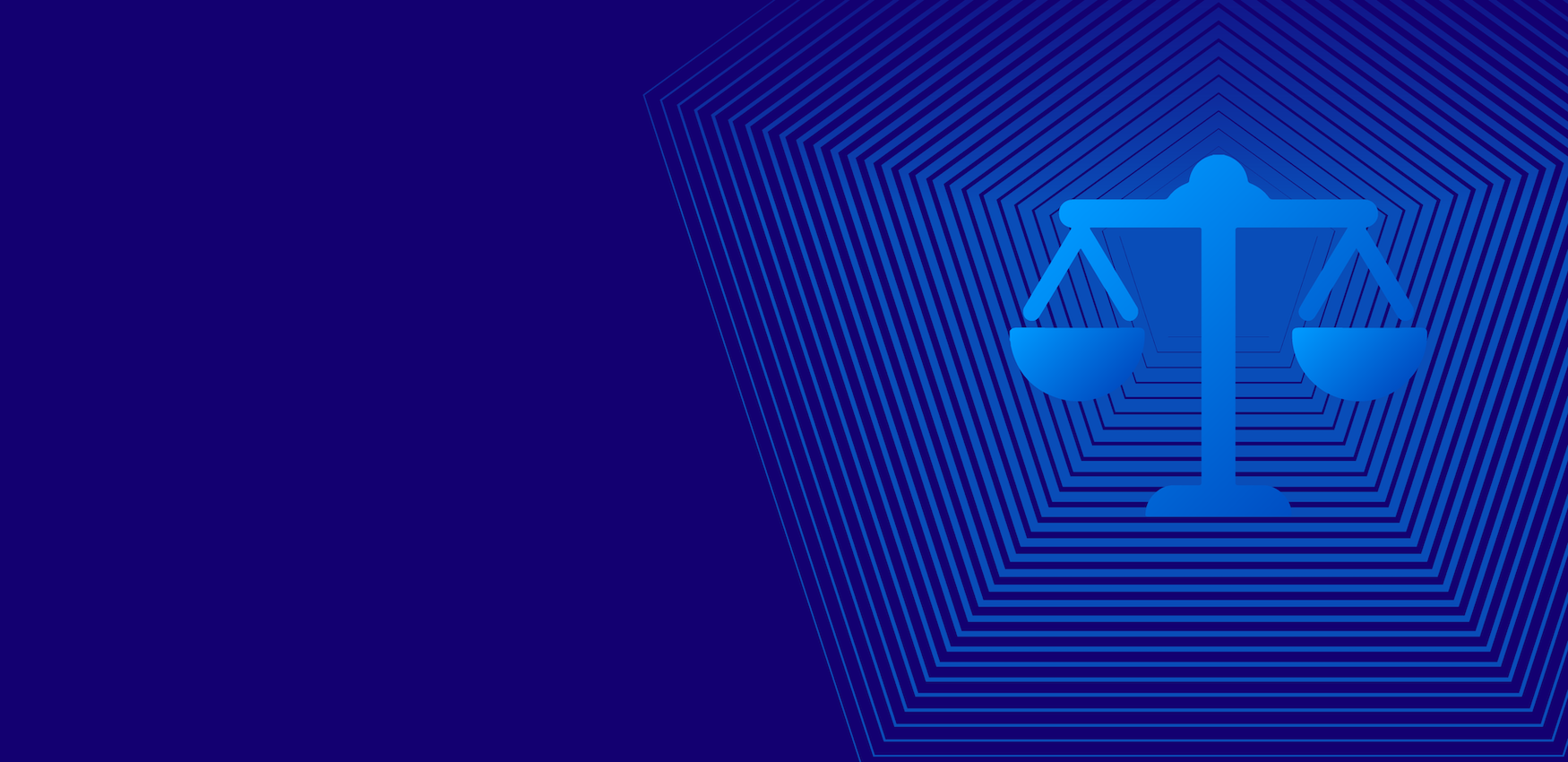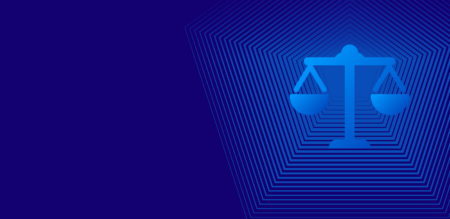How the Rise in Electronic Communications Impacts the Healthcare Industry
*This is an updated version (2021) of a previously published post.
The ongoing reliance on tools like video conferencing, email, chat and mobile applications has forever changed the way our world operates. Healthcare organizations in particular have seen a significant impact, as more administrative work is done from home offices and patient care goes virtual.
The explosion of electronic communications has brought with it an increased volume and variety of data in nearly every aspect of healthcare. This increase in virtual interaction creates new and enhanced areas of risk:
- Increasingly disparate data sources that must be managed and secured to meet HIPAA obligations
- More data to sift through in the discovery process of a litigation event, including contextual information and metadata
Regulatory challenges
The Health Insurance Portability and Accountability Act (HIPAA) requires that appropriate administrative, physical and technical safeguards be in place to secure protected health information (PHI). One area of high risk that healthcare organizations should consider in their oversight processes for regulatory compliance is employee communications.
Healthcare employees are representatives of the organization. The extension of their electronic footprint sets the stage for potential data privacy breaches. Without the ability to monitor and review all the tools used for healthcare-related communications, the risk that something will slip through the cracks increases. This can lead to expensive — and often public — regulatory and legal consequences.
As more electronic mediums are used to facilitate administrative communications, an unaltered, secure record of communications can be a defense against potential litigation.
Rising legal costs
The healthcare industry is vulnerable to frequent and significant litigation. The financial impact of these lawsuits can be enormous due to resource constraints and the rising costs of the complex discovery process. The adoption of new electronic communications tools across a healthcare organization only makes the process more complicated and costly.
By moving the discovery process in-house with modern e-discovery technology, healthcare organizations can take control of those costs. A unified archiving and e-discovery solution for communications simplifies the process and provides a secure repository that can be accessed during a regulatory or legal event.
A modern solution for regulatory and legal risk
A unified solution for communications preservation and monitoring, and fast, efficient e-discovery can help tackle these challenges together. Archived communications from multiple channels can be securely stored, reviewed and searched in one place. Communications captured in the archive can be checked for compliance against set policies, with exceptions flagged for review.
Content is stored in its native context, unaltered, and can be extracted reliably and efficiently into case files and placed on legal hold — ready to be produced when discovery events occur. Access controls provide an additional layer of security.
Policies and training
Make sure you know every application or platform your staff is using to discuss patient care. Be explicit about how those communications will be preserved and monitored. Communications supervision should only be done with the written consent of your employees, and only for business-related information. Along with consent policies, ensuring that organizational communications policies are current and explicitly reflect how PHI should be managed is central to any privacy mandate.
Healthcare organizations must be able to ensure that regulatory requirements are being met. The use of new and varied communications tools has made HIPAA compliance more challenging. Privacy breaches can result in fines and litigation, costing valuable resources and potentially affecting an organization’s public image.
"At Smarsh, we are committed to maintaining stringent safeguards to protect electronic PHI. We are proud to demonstrate independent assurance that our controls are effective."
Share this post!
Smarsh Blog
Our internal subject matter experts and our network of external industry experts are featured with insights into the technology and industry trends that affect your electronic communications compliance initiatives. Sign up to benefit from their deep understanding, tips and best practices regarding how your company can manage compliance risk while unlocking the business value of your communications data.
Ready to enable compliant productivity?
Join the 6,500+ customers using Smarsh to drive their business forward.







Subscribe to the Smarsh Blog Digest
Subscribe to receive a monthly digest of articles exploring regulatory updates, news, trends and best practices in electronic communications capture and archiving.
Smarsh handles information you submit to Smarsh in accordance with its Privacy Policy. By clicking "submit", you consent to Smarsh processing your information and storing it in accordance with the Privacy Policy and agree to receive communications from Smarsh and its third-party partners regarding products and services that may be of interest to you. You may withdraw your consent at any time by emailing privacy@smarsh.com.
FOLLOW US